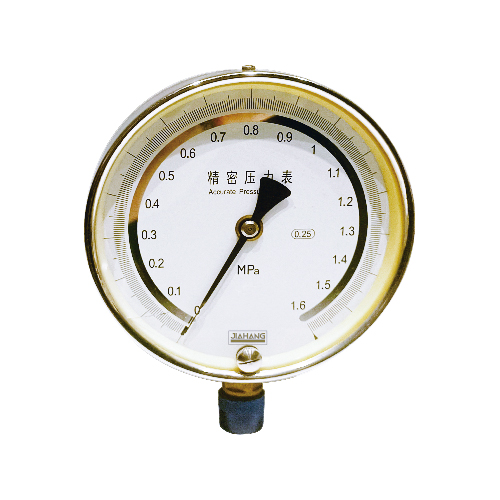
Août . 14, 2024 06:07 Back to list
Top Companies Specializing in Static Pressure Differential Pressure Gauges for Industrial Applications
Understanding Static and Differential Pressure Gauges A Key Tool for Industries
In various industrial applications, maintaining and monitoring pressure is critical for ensuring safe and efficient operations. Among the tools that serve this purpose are static pressure gauges and differential pressure gauges. These instruments are essential for measuring and regulating pressure levels in systems, processes, and equipment across multiple sectors, including manufacturing, HVAC, and water treatment.
Static Pressure Gauges
Static pressure gauges measure the pressure exerted by a fluid at rest. These gauges provide vital information about the pressure conditions within a system, allowing operators to ensure that processes operate within their safe limits. Static pressure measurements are crucial in systems such as HVAC (Heating, Ventilation, and Air Conditioning) to assess air pressure in ducts and to confirm that equipment is functioning efficiently. Typically, static pressure gauges come in various designs, including analog and digital types, with each offering unique advantages. Analog gauges often provide a quick visual reference, while digital gauges typically offer more precision and can include advanced features such as data logging and remote monitoring.
Differential Pressure Gauges
In contrast, differential pressure gauges measure the difference in pressure between two points in a system. This measurement is particularly important in processes where pressure variations dictate system performance or safety, such as in filtration systems, gas flow monitoring, and monitoring fluid levels. Differential pressure gauges help to maintain optimal conditions by alerting system operators to changes that may indicate blockages or leaks, thereby preventing costly shutdowns or accidents.
static pressure differential pressure gauge companies

The principle of operation for differential pressure gauges typically involves two ports one connected to the high-pressure side and the other to the low-pressure side of a system. The gauge interprets the pressure difference and provides a reading that indicates how much pressure is lost or gained between the two points. This ability to measure pressure differentials makes these gauges invaluable in various applications, from ensuring the proper functioning of cleanroom environments to monitoring the pressure drops across filters in industrial systems.
Choosing the Right Gauge
Selecting the right pressure gauge depends on the specific requirements of the application. Factors to consider include the pressure range, accuracy, response time, and the environment in which the gauge will operate. Companies that manufacture static and differential pressure gauges often offer a range of products tailored to meet diverse industrial needs. Some of the notable companies in this field include Ashcroft, WIKA, and Yokogawa, each known for their precision instruments and commitment to quality.
Moreover, advances in technology have led to the development of smart pressure gauges that integrate with modern automation systems. These gauges use data analytics and IoT connectivity to provide real-time monitoring and predictive maintenance capabilities, enhancing operational efficiency.
Conclusion
Static and differential pressure gauges are integral components in many industrial processes that require precise pressure management. Whether monitoring static pressure in HVAC systems or measuring differential pressure across filtration units, these gauges provide essential insights that help maintain safety, efficiency, and reliability. As industries continue to evolve, the demand for advanced pressure measurement solutions will only increase, positioning companies specializing in these instruments as vital partners in modern industrial applications. Understanding the functionalities and applications of these gauges will enable organizations to make informed decisions, ultimately leading to improved performance and safety in their operations.
-
AG Precision Pressure Gauges High Accuracy & Global Exporters
NewsMay.21,2025
-
Ashcroft Diaphragm Pressure Gauges Precision & Durability
NewsMay.21,2025
-
Micro Differential Pressure Gauges High-Precision & Compact Solutions
NewsMay.20,2025
-
Pressure Gauges with Diaphragm Seals High-Accuracy & Corrosion-Resistant
NewsMay.20,2025
-
Capillary Type Differential Pressure Gauge Precision Measurement Solutions
NewsMay.19,2025
-
Diaphragm Seal Pressure Gauges High Accuracy & Corrosion Resistance
NewsMay.19,2025
